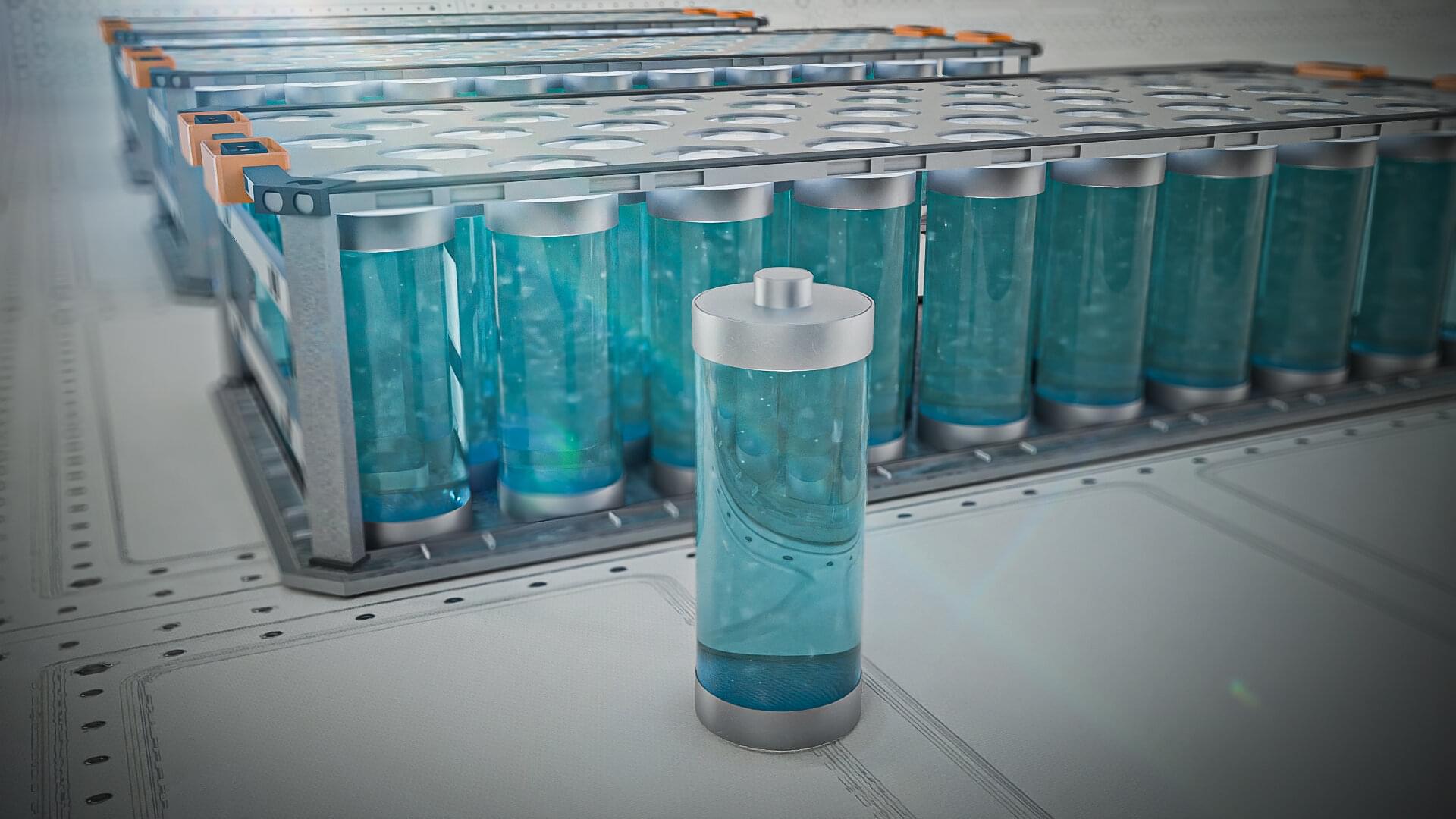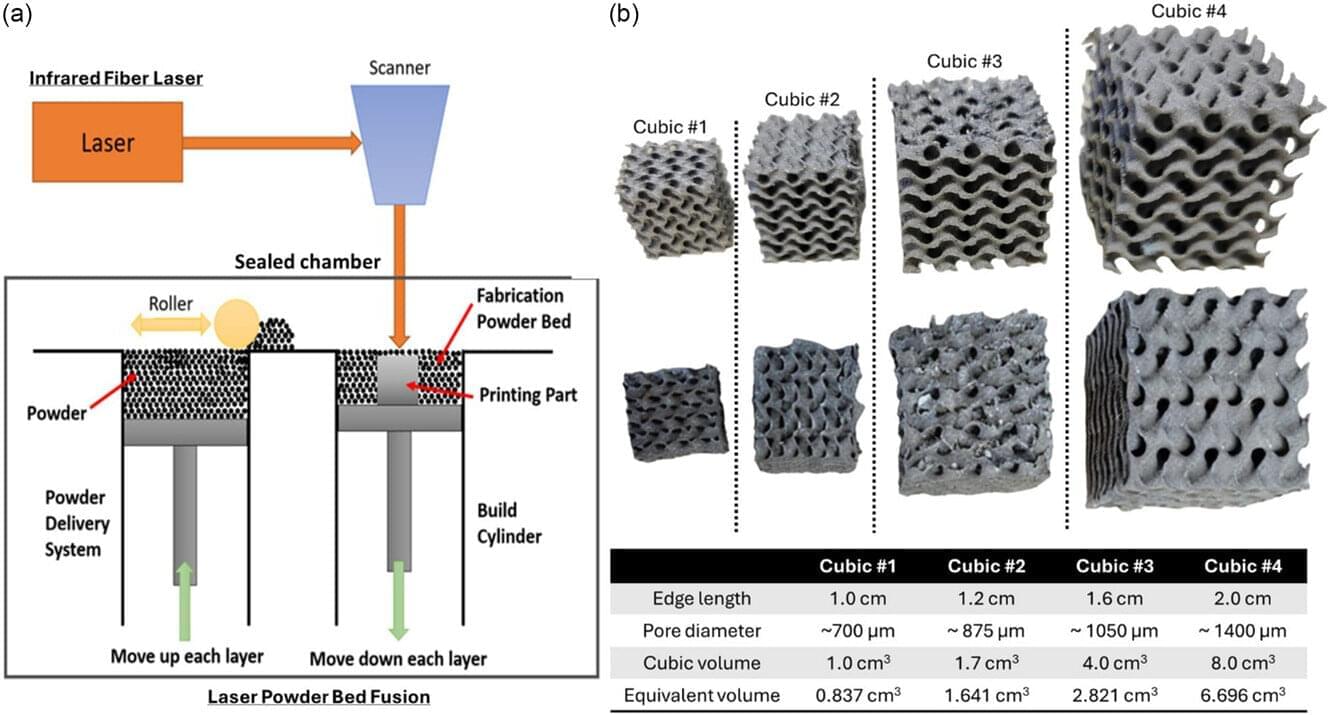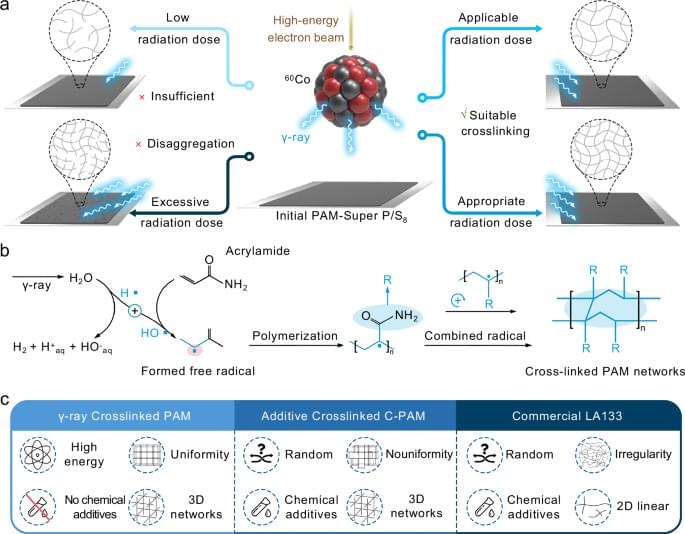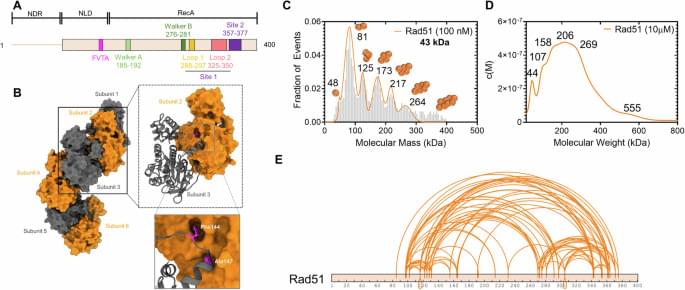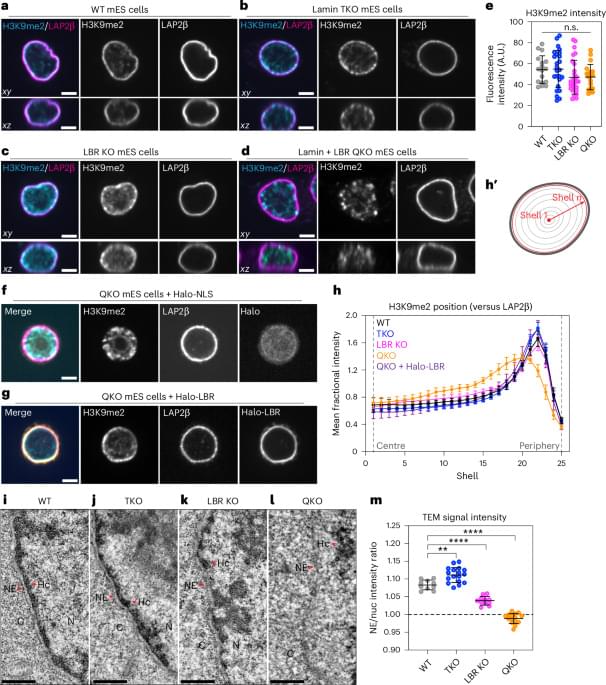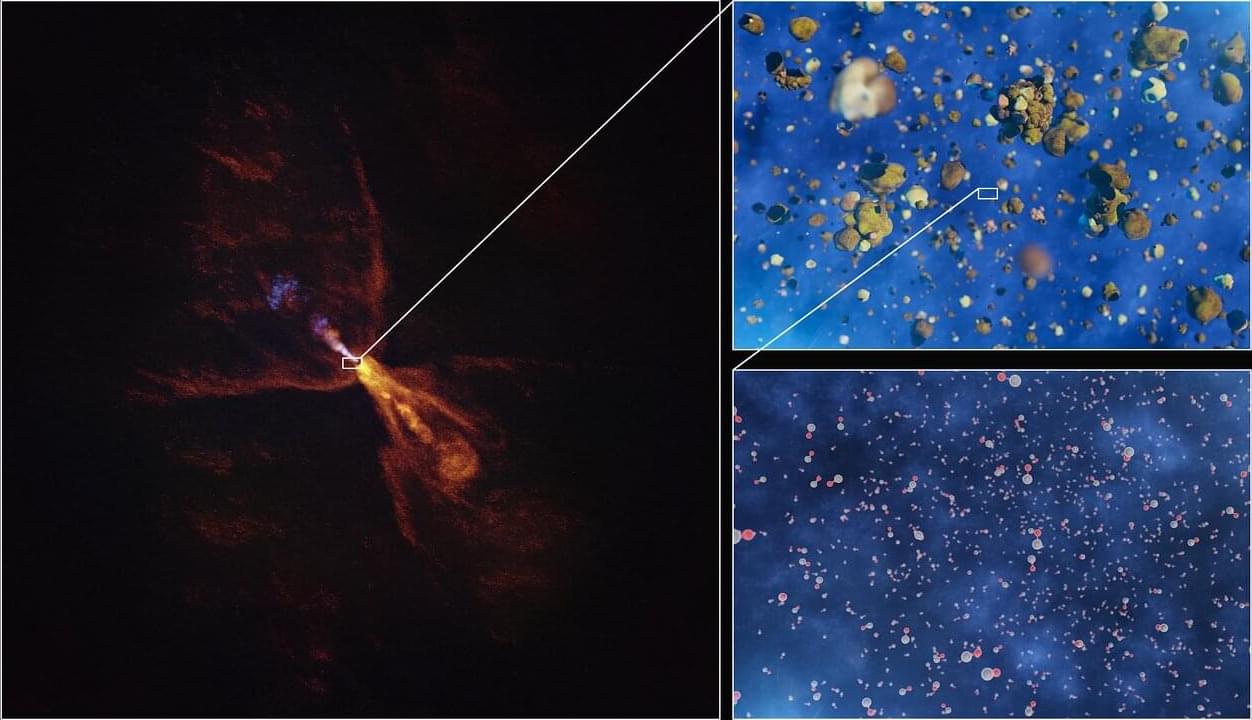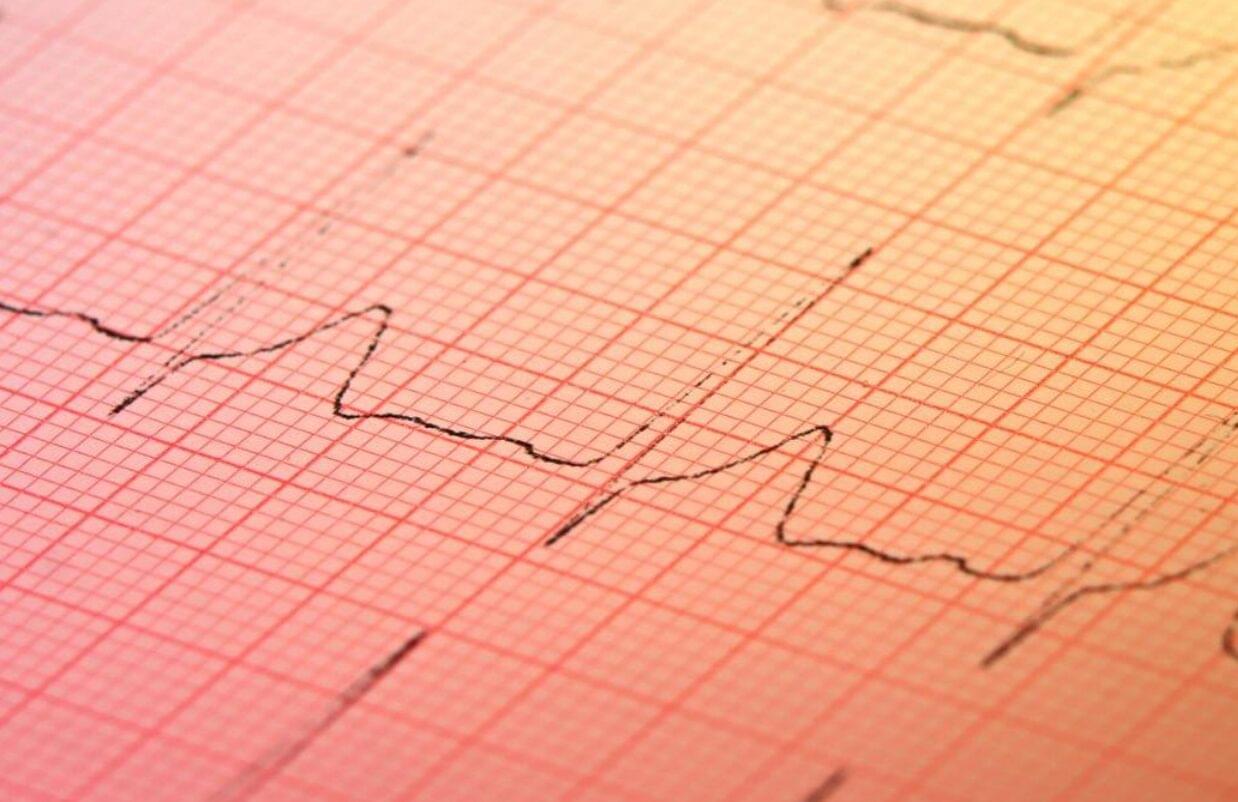Scientists at King Abdullah University of Science and Technology (KAUST) have uncovered a critical molecular cause keeping aqueous rechargeable batteries from becoming a safer, economical option for sustainable energy storage.
Their findings, published in Science Advances, reveal how water compromises battery life and performance and how the addition of affordable salts—such as zinc sulfate—mitigates this issue, even increasing the battery lifespan by more than ten times.
One of the key determinants of the lifespan of a battery—aqueous or otherwise—is the anode. Chemical reactions at the anode generate and store the battery’s energy. However, parasitic chemical reactions degrade the anode, compromising the battery lifespan.
